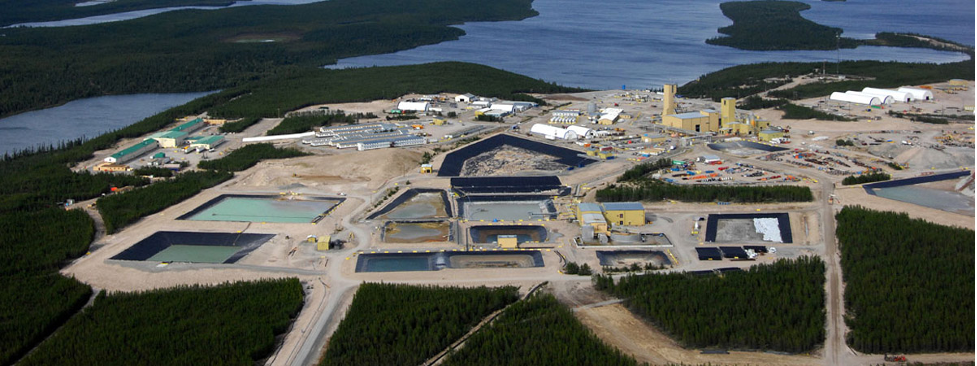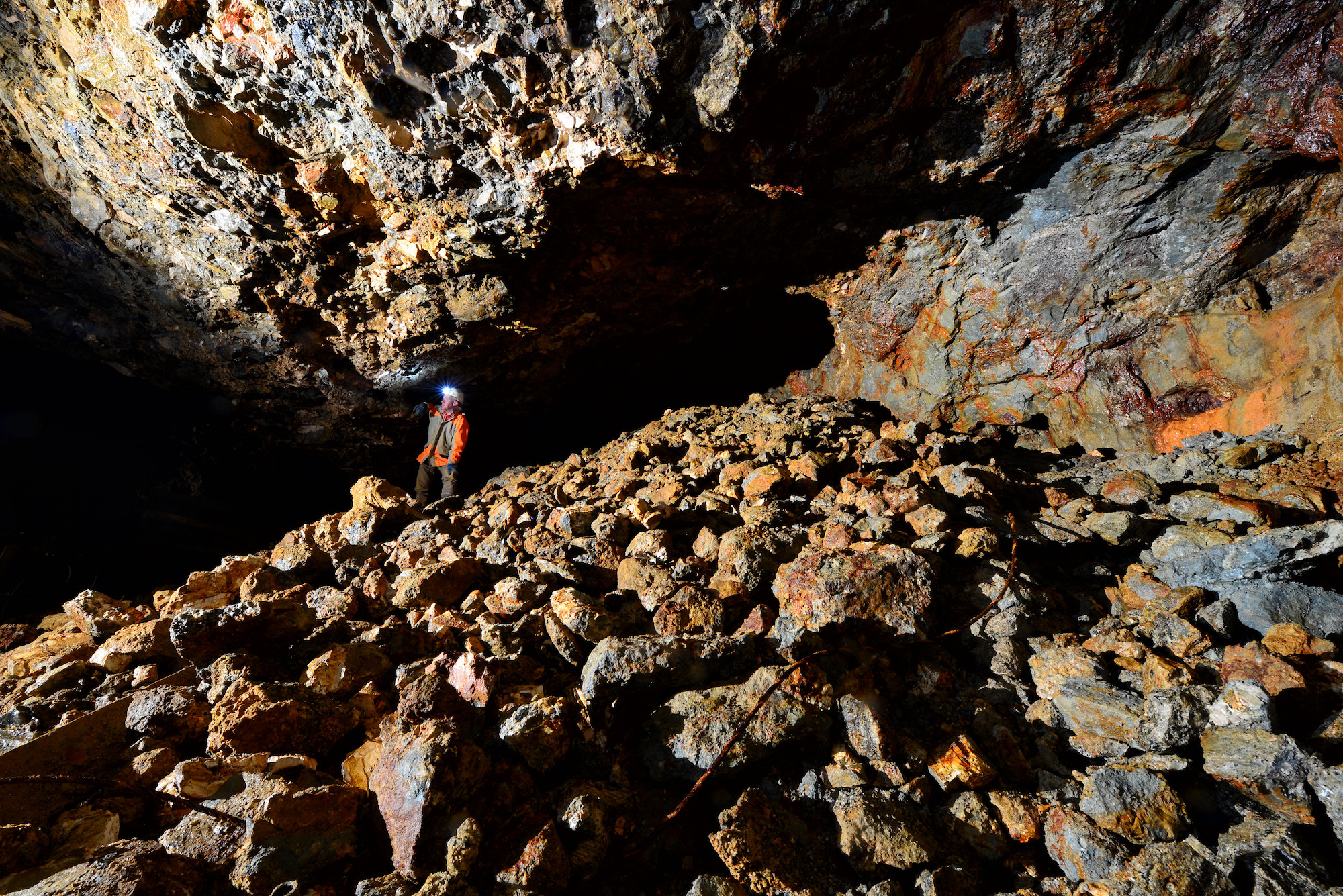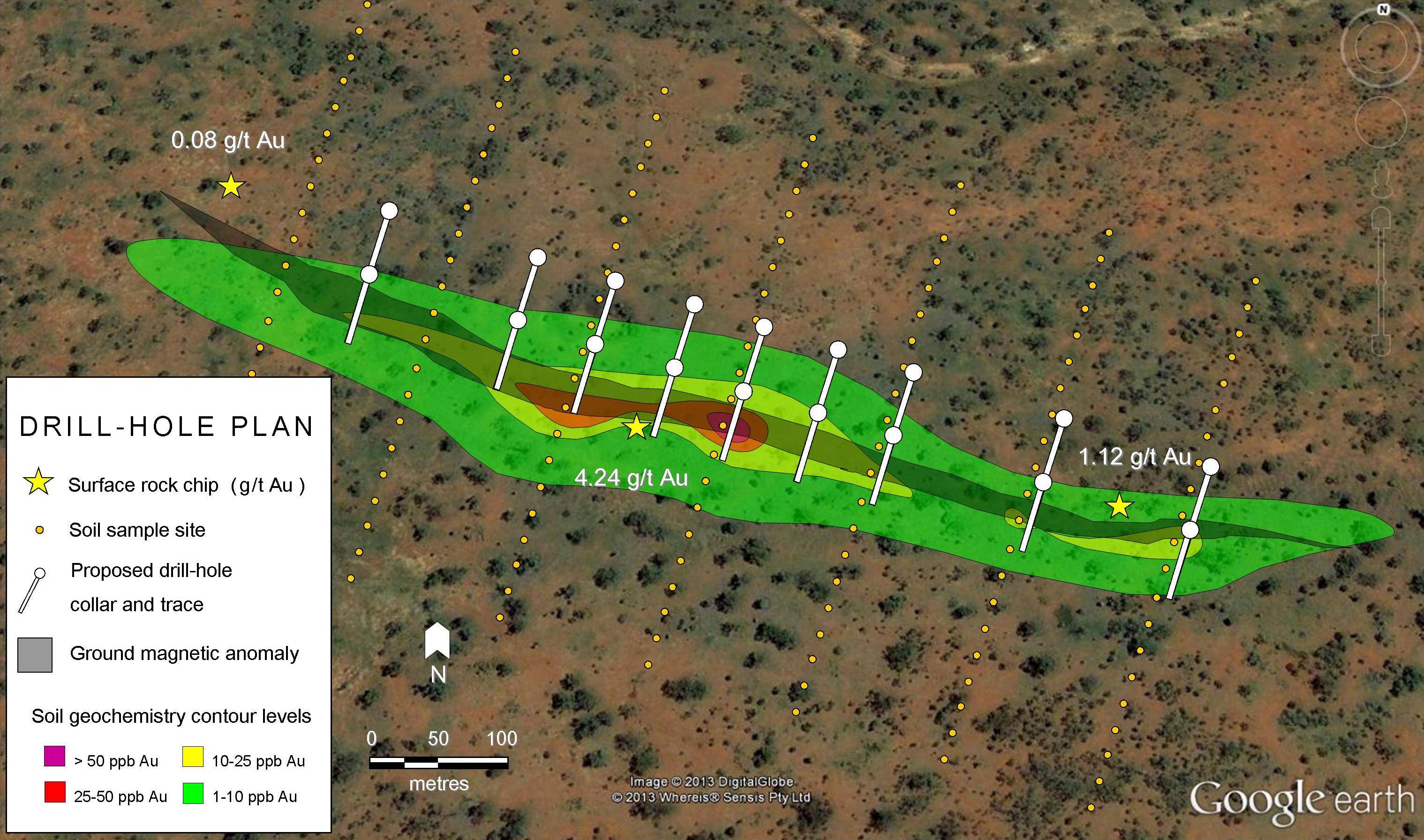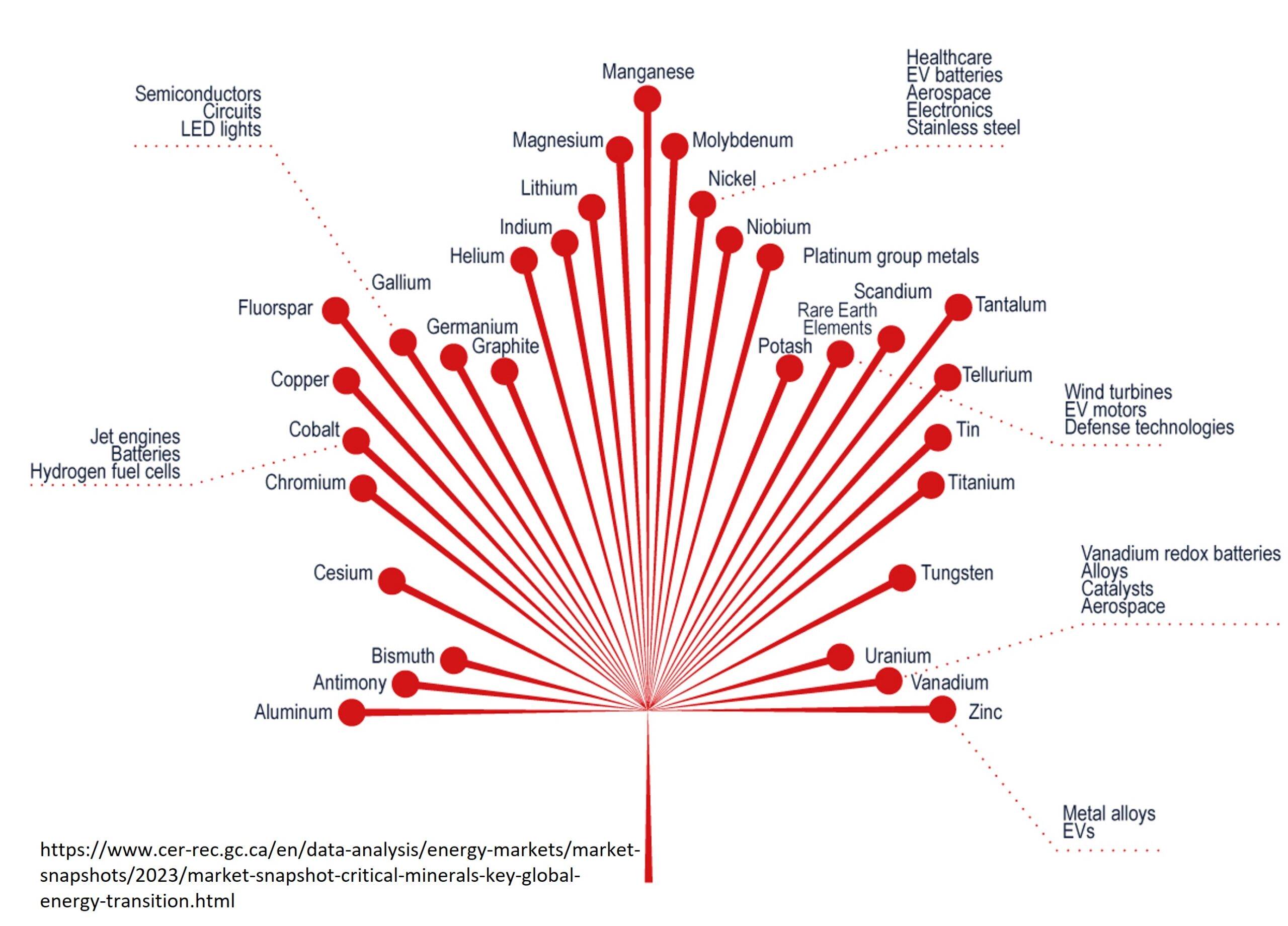Nickel and PGE’s on the company’s Grasset Property were encountered while drilling a follow-up hole to an earlier gold discovery on the property. Surprise! Although Balmoral is essentially a gold company, they couldn’t ignore the opportunity to explore this prospect.
[box type=”info” align=”aligncenter” ]Disclaimer: This is an editorial review of a public press release and not an endorsement. It may include opinions or points of view that may not be shared by the companies mentioned in the release. The editorial comments are highlighted so as to be easily separated from the release text and portions of the release not affecting this review may be deleted. [/box]
VANCOUVER, BC–(Marketwired – March 19, 2014) – Balmoral Resources Ltd. (“Balmoral”or the “Company”) (TSX: BAR)(OTCQX: BALMF) announced that it has completed the field component of its large-loop surface and borehole EM surveys on the Company’s Grasset Property and has resumed drill testing of the Grasset Ni-Cu-PGE discovery. This extensive zone of nickel-platinum-palladium (+/-copper) mineralization has been intersected over a 700 metre strike length in broadly spaced drilling and remains open in all directions. Balmoral announced the discovery of a high-grade massive sulphide portion of the system on March 4, 2014 with hole GR-14-17 returning 3.69% nickel, 0.23% copper, 1.23 g/t palladium and 0.53 g/t platinum over 1.46 metres within an 11.41 metre wide mineralized interval (see NR-14-07).
[box type=”note” align=”aligncenter” ]
Nickel and PGE (Platinum Group Element) projects haven’t been getting a lot of attention lately so we’re keen to talk about one when it pops up. As a company, Balmoral Resources is primarily focused on advancing gold properties on the Quebec side of the Abitibi Greenstone Belt in Canada. The Archean aged (2.5+billion years old) Abitibi Greenstone Belt is an economically important region that hosts major crustal fault systems associated with base and precious metal deposits. Historical gold production in the region has exceed 130 million ounces.
Nickel-PGE’s on the company’s Grasset Property were encountered while drilling a follow-up hole to an earlier gold discovery on the property. Surprise! Although Balmoral is essentially a gold company, they couldn’t ignore the opportunity to explore this prospect. Balmoral’s discovery also serves as a reminder to everyone interested in mineral exploration that despite the best efforts of exploration geologists, nobody really knows what’s down there until they find it.
[/box]
The Company has since completed borehole EM (down-hole electromagnetic survey) and large loop surface EM surveys in the discovery area in order to target the highly conductive, massive sulphide portions of this large system. Preliminary results from these surveys have outlined a number of high priority anomalies which exhibit characteristics similar to the massive sulphide intercept in hole GR-14-17, as well as providing additional information concerning the plunge/dip of the intercept in hole GR-14-17. The first of these anomalies to be targeted is located 440 metres NW of hole GR-14-17 (and 140 metres NW of hole GR-14-16) in an untested area along strike from the known zone of mineralization. This anomaly demonstrates strong conductivity, considerable strike/depth extent and appears to be located at/near the base of the host ultramafic intrusion, the most favourable location for development of massive sulphides within the system. This will be followed by additional testing in the GR-14-17 area and of other conductivity targets once the final geophysical model for that area has been received.
[box type=”note” align=”aligncenter” ]
The term “massive sulfides” (“sulphides” is also correct) refers to solid masses of metal-sulfide minerals. Massive is not a reference to size, but to the overall uniform texture. Massive sulfides generally contain iron sulfide minerals such as Pyrite (FeS2) and/or Pyrrhotite Fe(1-x)S. Both are good conductors which can help these minerals contrast in geophysical surveys. Pyrrhotite is also weakly magnetic and massive pyrrhotite can “light up” in a magnetic survey. Massive sulfides may be associated with economic concentrations of other metals, but the iron sulfides themselves are not economic sources of iron. Iron is more cheaply extracted from oxide minerals such as hematite and magnetite.
The Ni-Cu-PGE’s are hosted in ultramafic instrusive rocks. Ultramafic instrusions are high temperature igneous rocks. Many Ni-PGE deposits are associated with ultramafic intrusions, but gold would not be expected to be present in this rock type in any great quantity. That’s why there are no gold values associated with these rocks even though other parts of the property are prospective for gold.
The most recent work on the property includes a down-hole EM survey, which involves using a surface loop to induce an EM field and sending a probe down existing boreholes to measure the response to that field. The process is designed to identify conductive subsurface targets. We’ve included a map of the drill holes associated with this prospect along with an Airborne EM overlay from the Balmoral website.
[/box]
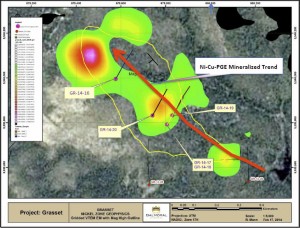
The wholly owned Grasset Property is part of the Company’s Detour Gold Trend Project. The Grasset Ni-Cu-PGE discovery is located approximately 40 km east of Balmoral’s high-grade Martiniere gold system. The discovery is accessible via an established logging road network from the Company’s Fenelon base camp 3.5 km to the west. Final results from holes GR-14-18, – 19 and -20 remain pending and are expected within the next 2-3 weeks.
Shareholders are cautioned that geophysical models are not “unique” solutions to the geophysical data and remain open to additional interpretation based on further geophysical work, drilling and geological interpretation. Accordingly undue reliance should not be placed upon these geophysical models at this time.
QP and Quality Control
Mr. Darin Wagner (P.Geo.), President and CEO of the Company, is the non-independent qualified person who has approved the scientific and technical information contained in this news release. Mr. Wagner has supervised the work programs on the Grasset Property, visited the property within the last several days, examined the drill core from the holes summarized in this release, reviewed the results with senior on-site geological staff and reviewed the available analytical and quality control results.
Balmoral employs a quality control program for all of its drill programs, to ensure best practice in the sampling and analysis of drill core. This includes the insertion of blind blanks, duplicates and certified standards into the sample stream. NQ-sized drill core is saw cut with half of the drill core sampled at intervals based on geological criteria including lithology, visual mineralization and alteration. The remaining half of the core is stored on-site at the Company’s Fenelon field camp in Central Quebec. Drill core samples are transported in sealed bags to ALS Minerals Val d’Or, Quebec analytical facilities. Base metal analysis were initially obtained via ICP-AES with both Aqua Regia and 4 Acid digestion employed. The two digestion methods show good correlation. Nickel values in excess of 10,000 ppm are reanalyzed using a sodium peroxide fusion followed by ICP-AES finish. PGE values were obtained via industry standard fire assay with ICP-AES finish using 30 g aliquots. Following receipt of assays, visual analysis of mineralized intercepts is conducted and additional analysis may be requested. ALS Minerals is ISO 9001:2008 certified.
[box type=”note” align=”aligncenter” ]The company describes their assay and quality control processes in the above paragraph. It’s also worth noting the core size that a company is using in it’s drill program. In this case they are using NQ (47.6 mm or 1 7/8 inches) which is fairly standard in exploration, but the larger HQ is better where possible since it gives larger core diameters for more representative sample sizes and assays. Smaller companies or prospectors may use cheaper AQ or BQ core which can be suitable for remote locations, but give smaller cores and consequently less data. [/box]
About Balmoral Resources Ltd.
Balmoral is a Canadian-based precious metal exploration and development company focused on high-grade gold discoveries along the Detour Gold Trend in Quebec, Canada. With a philosophy of creating value through the drill bit and with a focus on proven productive precious metal belts, Balmoral is following an established formula with a goal of maximizing shareholder value through discovery and definition of high-grade, Canadian gold assets.
[box type=”success” align=”aligncenter” ]Have a company or release you’d like us to look at? Let us know though our contact page, through Google+, Twitter or Facebook.[/box]


